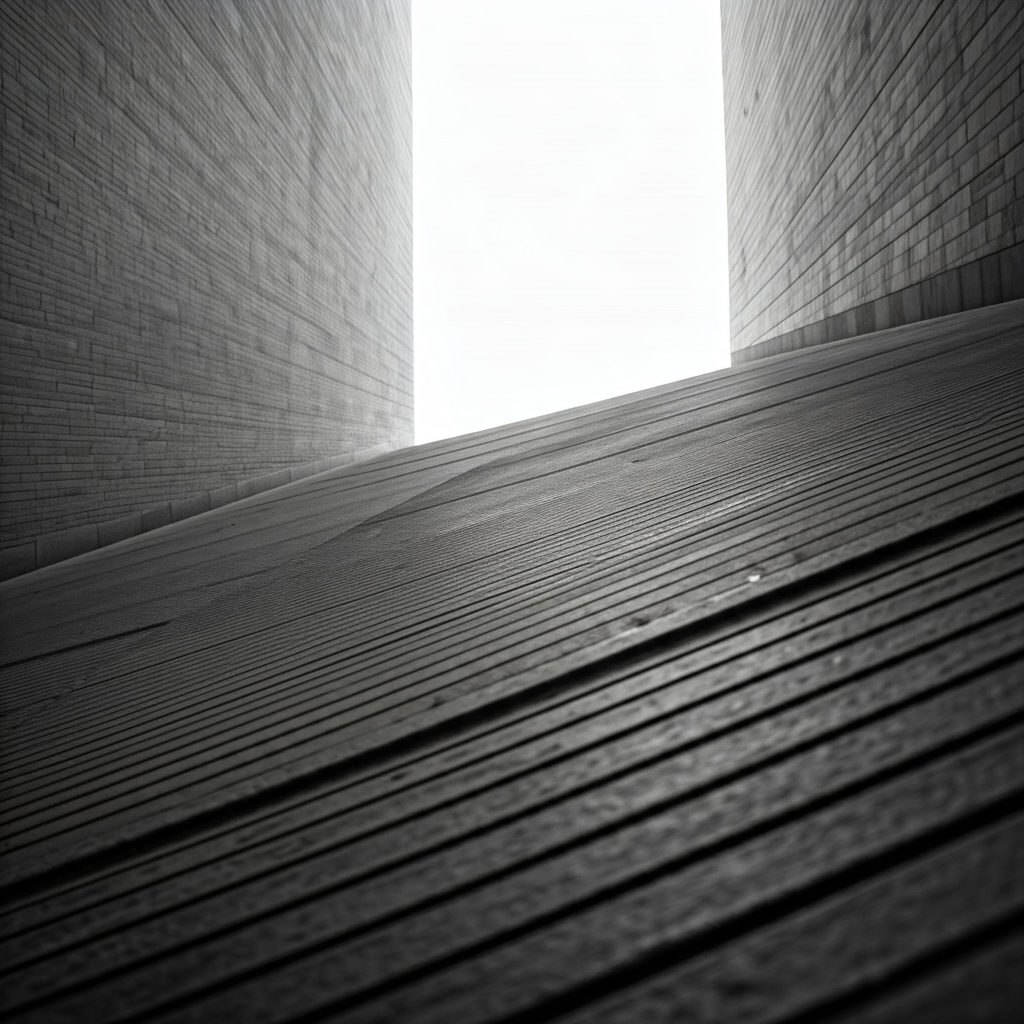Designing with Trust: Exploring the Intersection of Public and Private Space
The city seemed like a patchwork quilt, stitched together with walls of every kind. Will Hunter stood at its center, where a vibrant public plaza teemed with life. People laughed, argued, and connected in this vibrant hub of activity, a testament to the power of well-designed public spaces to bring people together. Yet, just beyond its edges, high walls loomed, guarding private enclaves, a stark reminder of the growing divide between public and private realms in modern urban life.
.
A sociologist named Lila, who had been observing the scene, approached Will. “This city,” she began, “is a microcosm of our contemporary urban experience – a constant negotiation between the desire for community and the need for privacy.” She gestured towards the bustling plaza. “Public spaces are meant for openness, for dialogue, for the exchange of ideas. They are the lifeblood of a thriving community.”
.
Will, a budding urban planner, recalled the words of Hannah Arendt, the renowned political theorist, who argued in her seminal work, The Human Condition, that the public realm was essential for the flourishing of human life. “Arendt believed that public spaces provided the stage for action, for political discourse, for the creation of community,” Lila continued. “But these spaces can only thrive when people feel safe and welcome, when they trust that these spaces are truly for everyone.”
.
As they left the bustling plaza, the atmosphere shifted dramatically. High gates and security cameras marked the entrance to a private residential community, a stark contrast to the vibrant energy of the public space. “This is the other side of the coin,” Lila observed. “People crave privacy, a sense of security and control over their immediate environment. But these gated communities often come at a cost.”
.
Inside the enclave, the streets were impeccably clean, the homes meticulously maintained. Yet, a sense of stillness, even a touch of isolation, pervaded the air. “There were no children playing in the yards, no neighbors chatting over fences,” Will noted. “It felt… sterile.”
“Privacy has a cost,” Lila agreed. “It often leads to isolation, a detachment from the broader community. When we withdraw into our private enclaves, we lose the opportunity for spontaneous encounters, for those unexpected connections that enrich our lives.”
.
Will thought of cities like Copenhagen, where the concept of “gemeinschaft,” or community, was deeply ingrained in the urban fabric. Shared courtyards, pocket parks, and accessible public spaces blurred the lines between public and private, fostering a sense of shared ownership and responsibility.
.
At the edge of the neighborhood, they reached a park where the two worlds met. High-rise apartments overlooked a lush green space, connected to the surrounding community by a network of shared pathways. “This is what we need more of,” Lila said. “Spaces that bridge the gap between the public and the private, that foster a sense of community while respecting individual needs.”
.
As the sun began to set, casting long shadows across the park, Will reflected on the profound impact of urban design on our lives. He realized that “design with trust” was not just about creating aesthetically pleasing spaces; it was about building communities, fostering social interaction, and creating cities where everyone feels a sense of belonging.
.
“Walls can divide,” he thought, “but they can also connect, if we design them with intention, with a focus on creating spaces that foster trust, inclusivity, and a sense of shared responsibility.”
Learning Points:
- Understanding the Importance of Public Space: Explore the role of public spaces in fostering social interaction, civic engagement, and a sense of community.
- The Impact of Privacy on Urban Life: Examine the impact of privacy on individual well-being and its influence on the design of urban environments.
- The Delicate Balance Between Public and Private: Understand the delicate balance between public and private interests in urban planning and the importance of creating a harmonious relationship between these two realms.
- The Role of Trust in Building Community: Explore the importance of trust in fostering a sense of community and how it can be cultivated through thoughtful urban design and planning.
- Designing for Inclusivity and Equity: Examine how urban design can promote social inclusion and equity by creating accessible and welcoming public spaces that serve the needs of all members of the community.
Keywords:
- Urban Planning
- Public Space Design
- Community Building
- Social Equity
- Urban Design
- Privacy
- Security
- Urban Sociology
- Architectural Design
- Community Development
- Social Inclusion
- Sustainable Cities
This fictional story is set within the dreams of Will Hunter, a character created to explore the intersection of imagination and design. Dive into his dreamscape and discover how storytelling can illuminate real-world lessons in architecture and creativity.
Some of the links on this website may be affiliate links. This means that if you click on the link and make a purchase, we may receive a small commission. We only recommend products and services that we genuinely believe will be beneficial to our readers.




